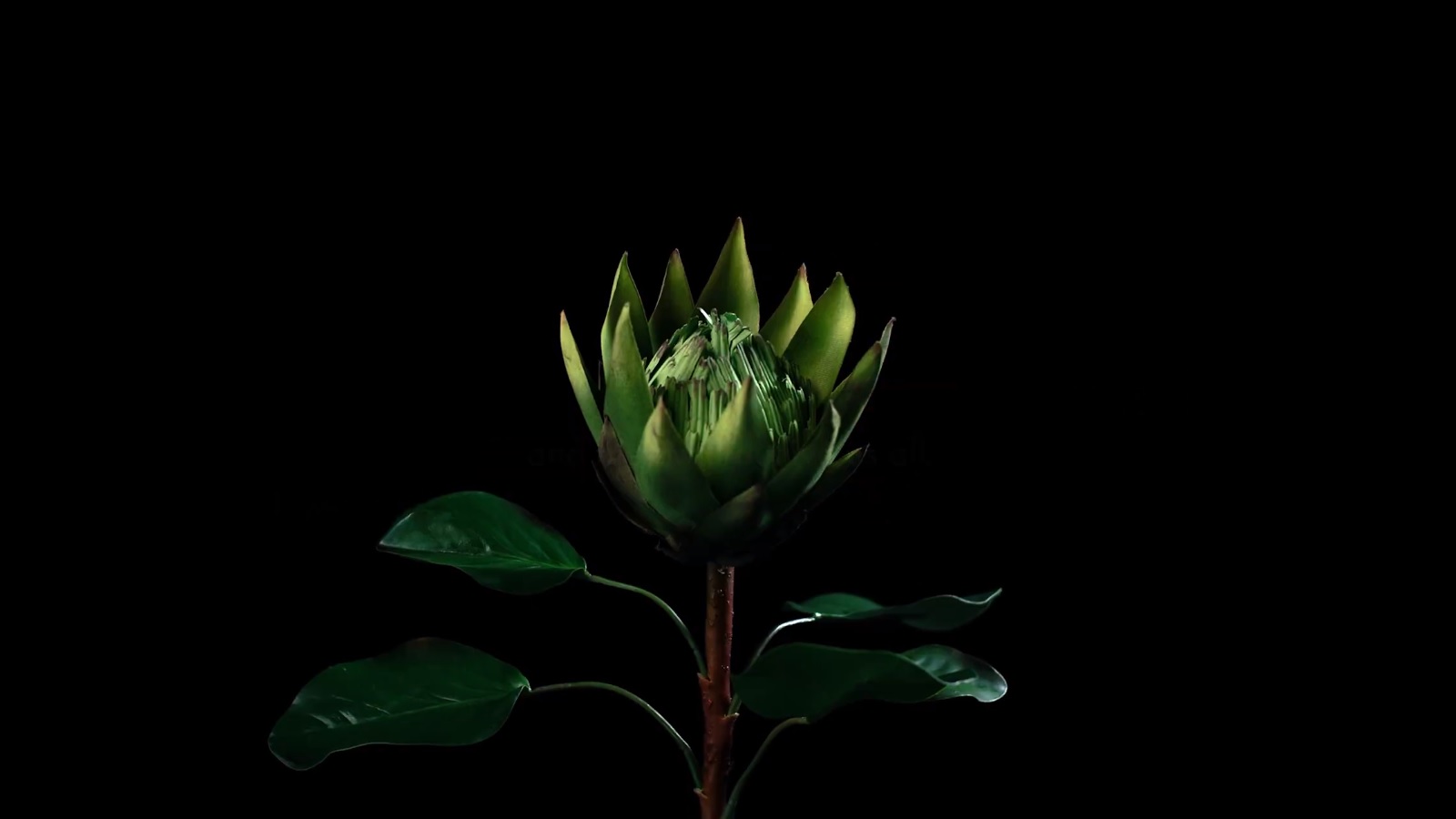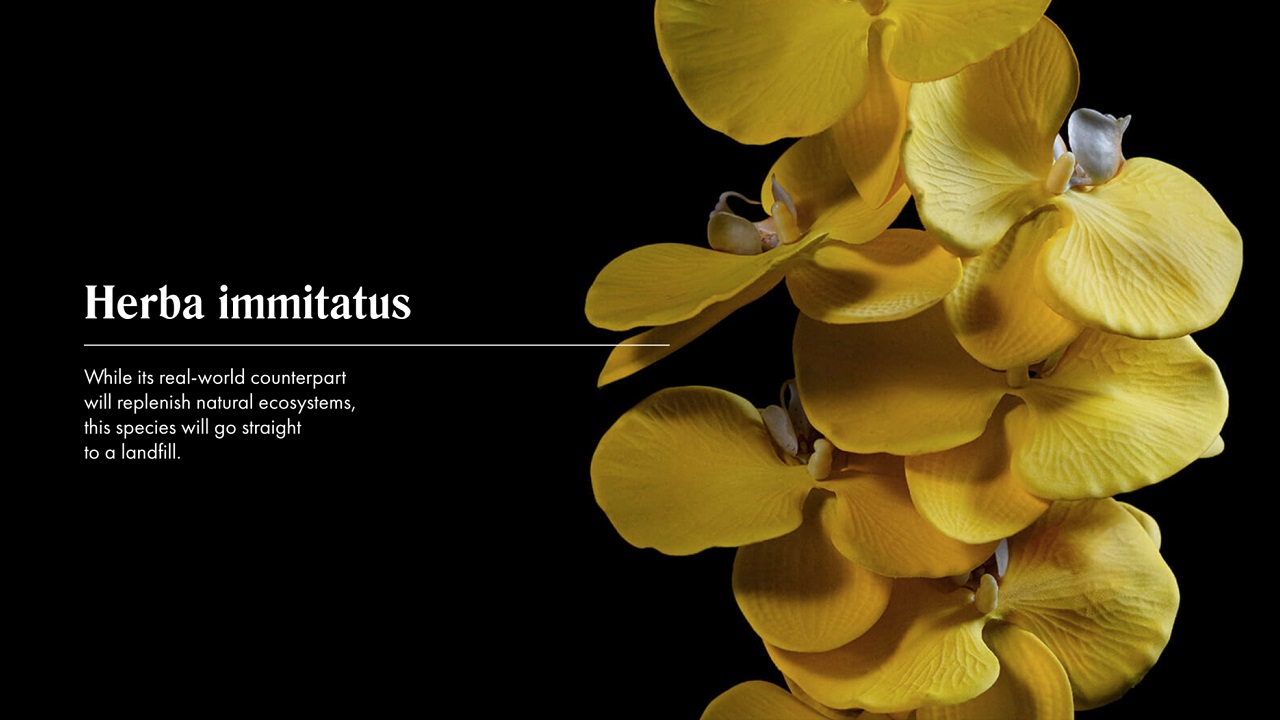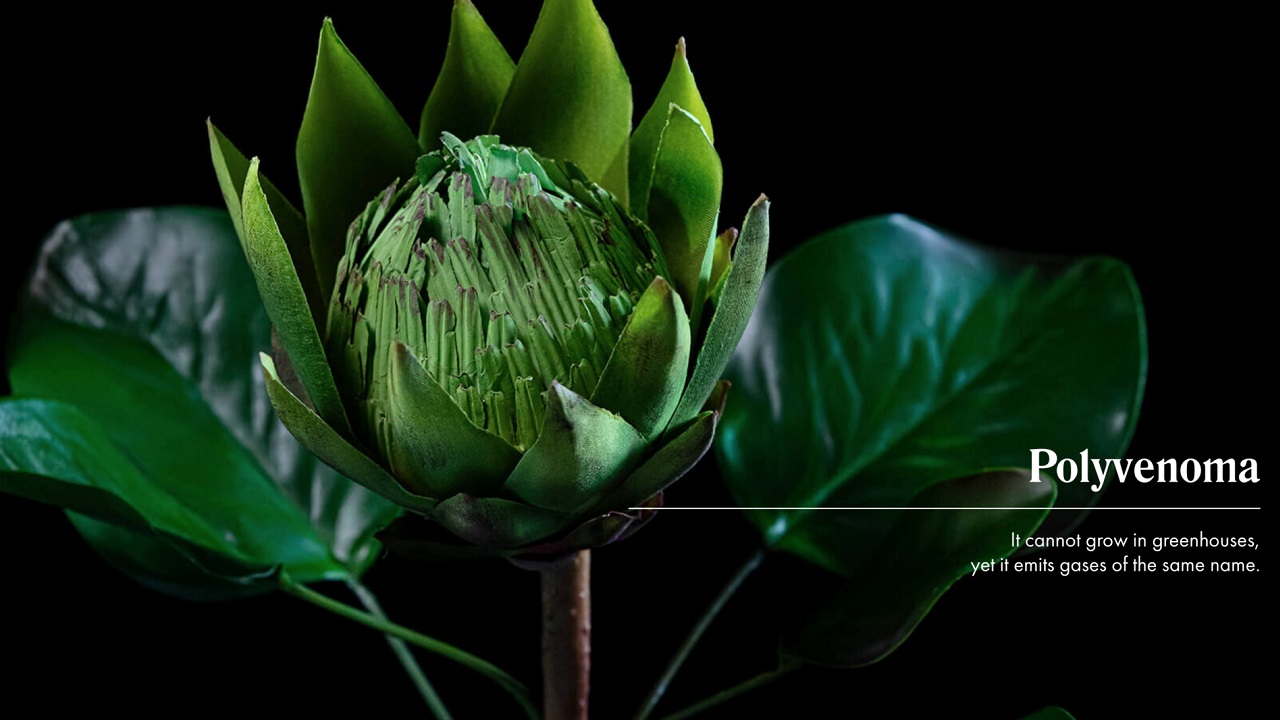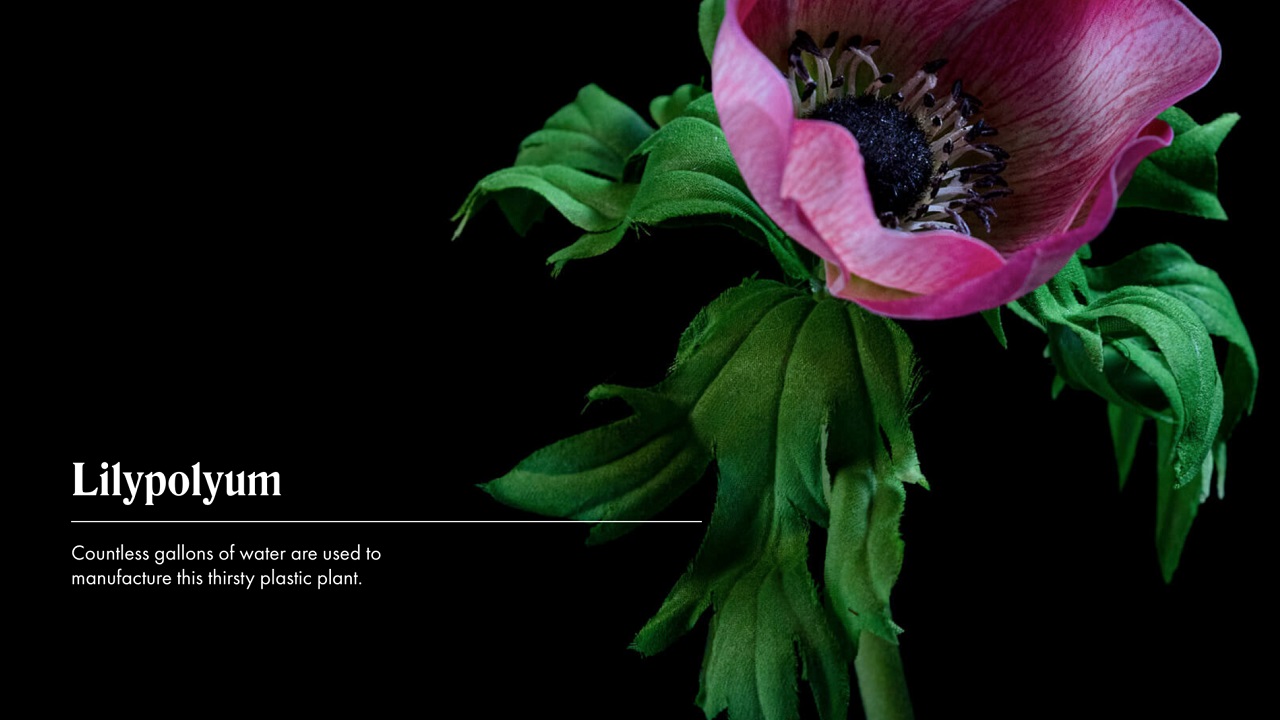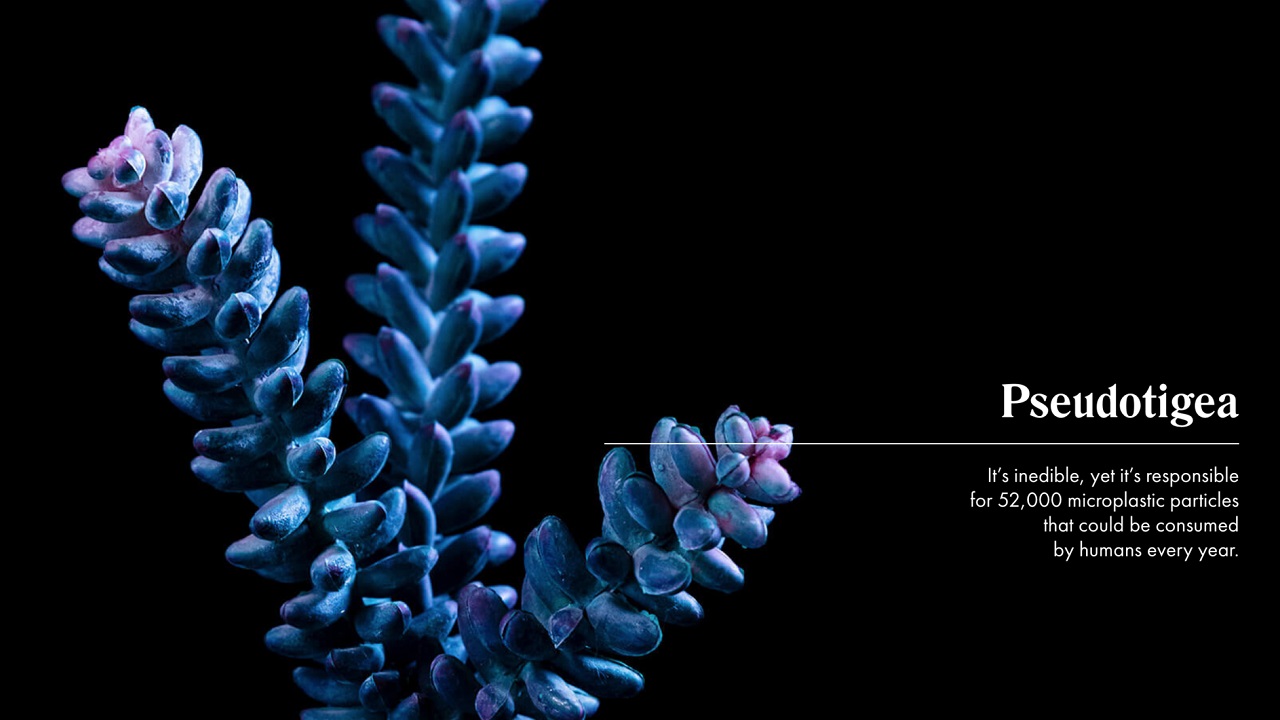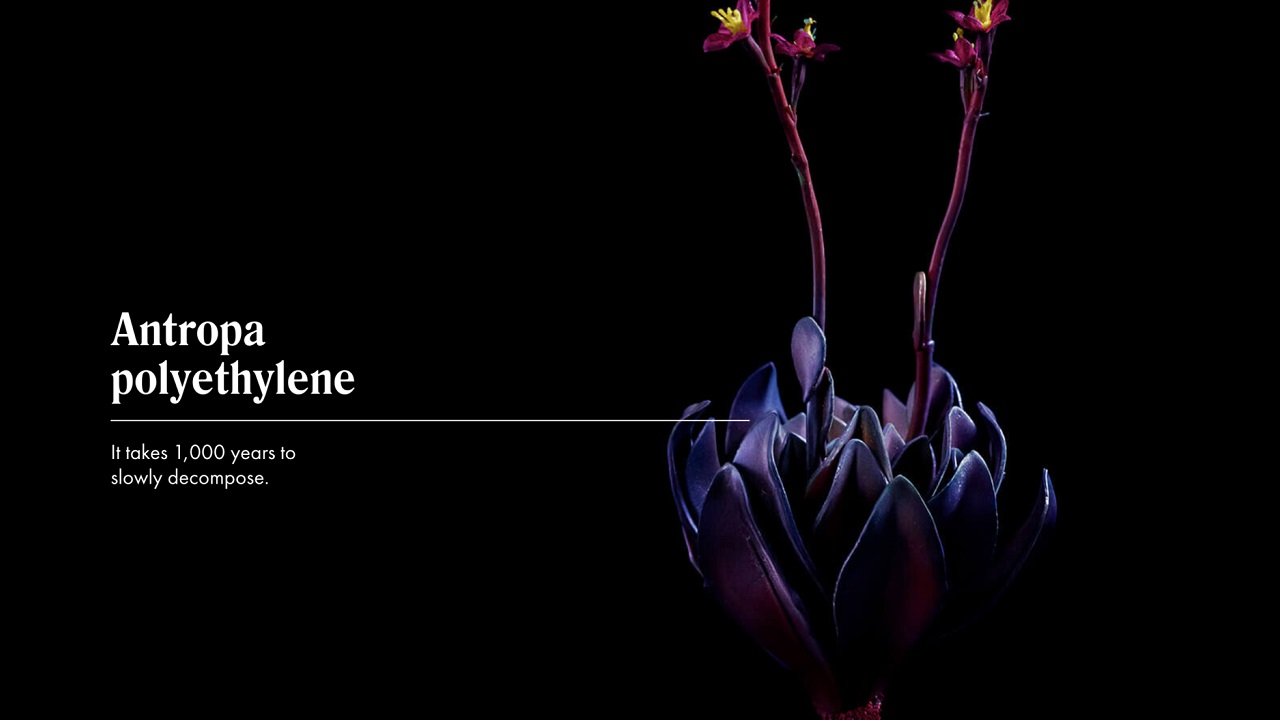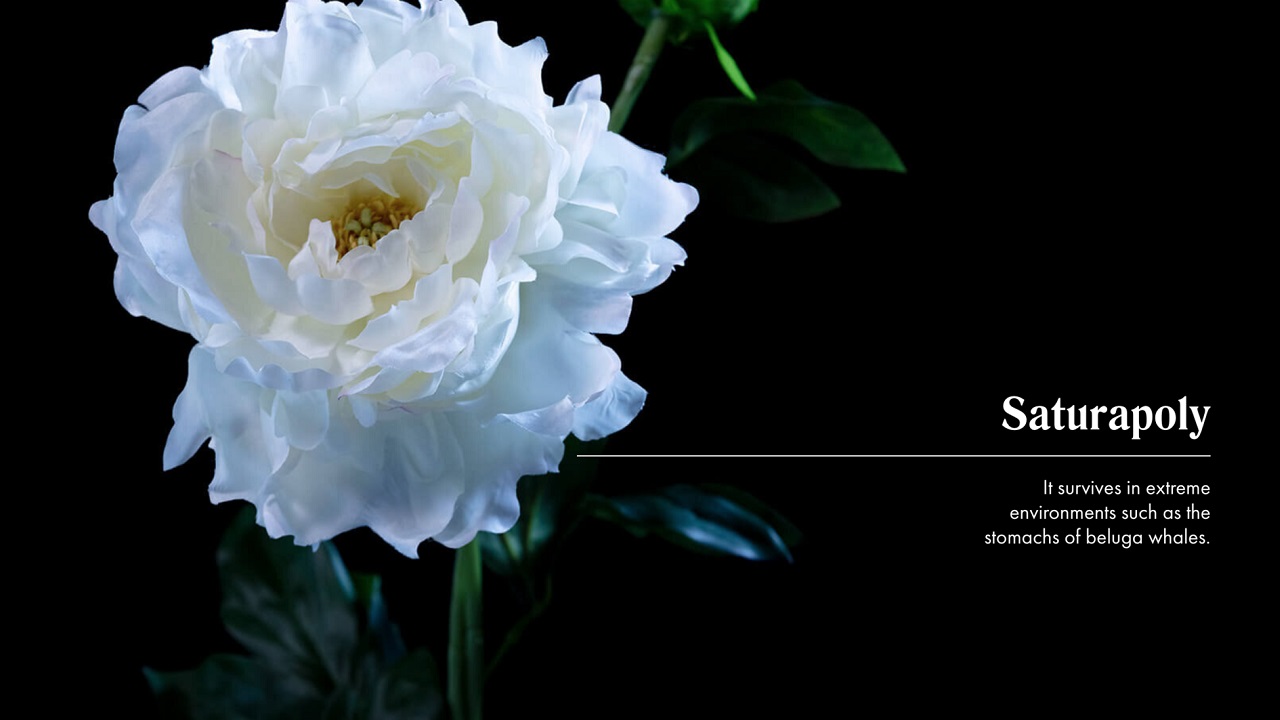Oh, flowers… These naturally sculpted works of art that feed our souls with good vibes, feast our eyes with vibrant colors, and send us on a fragrant journey. But despite the beautiful show Mother Nature offers us, some of us keep reproducing this floral performance, imitating it by using the very materials that do so much harm to the environment.
Typically made using plastic and polyester materials, artificial flowers and plants are growing in popularity, thus contributing to the global plastic crisis we are currently facing. Plastic waste is suffocating our planet, it threatens the well-being of wildlife, and pollutes the air we breathe. And even though they mimic nature, plastic plants are — ironically — part of this environmental problem, hurting even their real counterparts.
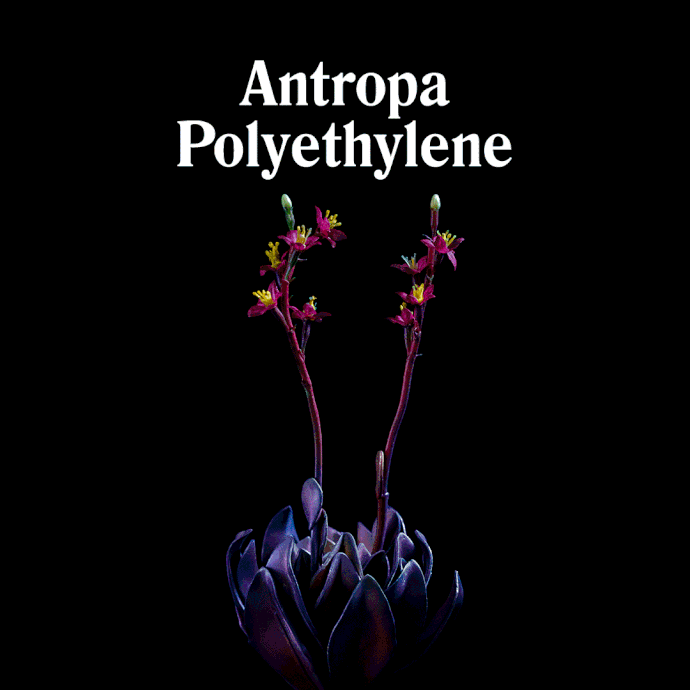
Teaming up with TAXI Montreal agency, WWF Canada found an ingenious way of showing how toxic these plants really are, hoping to make people reconsider their relationship with plastic overall. During this week’s #ThrowBrandThursday, our focus is on the organization’s “Deadly Flora” campaign, in which the public was put face to face with the “World’s Deadliest Flora.”
“Plastic is ubiquitous in our lives, and it’s easy to be seduced by the aesthetics and practicality of artificial flowers. Unfortunately, the growing popularity of plastic plants is proof of this. Eventually, this plastic will end up in the environment,” explained George Giampuranis, (former) Executive Creative Director at TAXI Montreal.
To raise awareness about the plastic that’s around us, WWF came up with the “Deadly Flora Exhibit,” an experiential display that was “planted” in a place where an audience would least expect to find artificial flowers: a botanical garden. The team then arranged the collection of fake plants in herbariums, making the public believe that the showcased specimens were toxic.
Well, they were partly right, only that WWF had a different kind of definition for toxic in mind — the type that takes many years to decompose, requires countless gallons of water to be produced, or that survives in stomachs of beluga whales, threatening their lives.
Discovering the origin of these plants helped the public realize how poisonous these artificial plants are for all living things and the environment. Also, as part of the event, the NGO offered an alternative to fake plants and flowers: real ones. By giving away seed-infused handouts, WWF urged people to choose nature, inviting them to start the process by planting these brochures into the soil and growing their own flowers.
Credits:
Client: WWF Canada
Agency: TAXI Montreal
General Manager: Emma Toth
Executive Creative Director: George Giampuranis
VP Head of Strategy: Rafik Belmesk
Account Director: Vlad Omazic
Director and Photographer: Jean Malek
Art Director: Marie Cermakova
Copywriter: Christian Bélanger
Art Director: Nicolas Baillargeon
Copywriter: André Mantha
Strategist: Julia Bélouis
Agency Producer: Chantal Wakil
Digital agency Producer: Maxime Boivin
Production Company: Please don’t tell inc.
Producer (film and photo): Natacha Nicol
DOP: Roland Cody Larocque
1st Assistant: Frederic Bedard
Post-Production: Sud-Ouest & Logic 4 (Marie-Ève Dugas)
Music: Arthur Gaumont
Studio Director: Laurent Trudel
Mac Artist: Gregory Fleurantin
Proofreader: Cristina Marziale
Media: Wavemaker
Senior Media Planner: Jade Laflamme
Event Production: Cinélande
